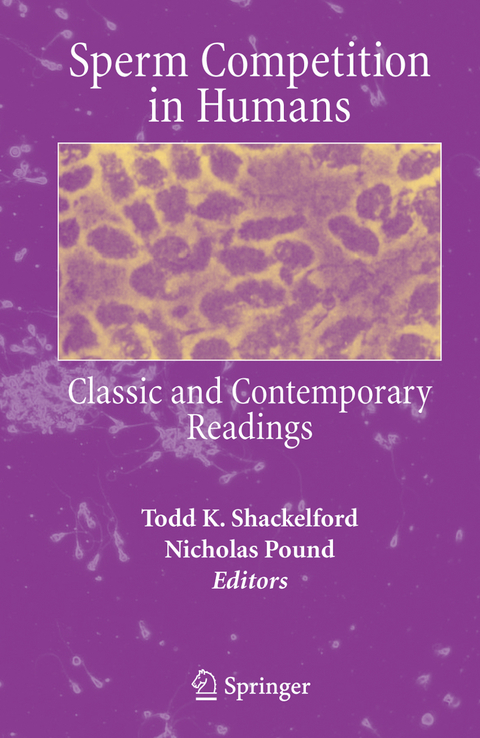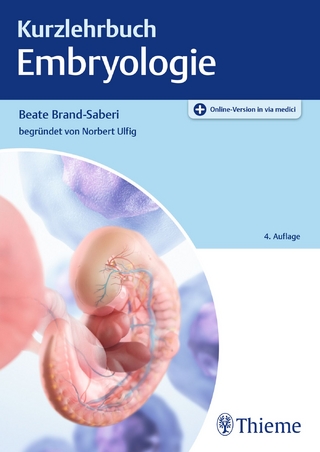
Sperm Competition in Humans
Springer-Verlag New York Inc.
978-1-4419-3917-3 (ISBN)
and overview.- Sperm competition in humans.- Why are there so many tiny sperm? sperm competition and the maintenance of two sexes (1982).- Sperm competition, male prudence, and sperm-limited females (2002).- Classic readings in human sperm competition.- Human sperm competition (1984).- “Kamikaze” sperm in mammals? (1988).- Deformed sperm are probably not adaptive (1989).- Elaboration of the kamikaze sperm hypothesis: a reply to harcourt (1989).- Number of sperm in human ejaculates varies in accordance with sperm competition theory (1989).- Do females promote sperm competition? data for humans (1990).- Human sperm competition: ejaculate adjustment by males and the function of masturbation (1993).- Human sperm competition: ejaculate manipulation by females and a function for the female orgasm (1993).- Contemporary readings in human sperm competition.- No evidence for killer sperm or other selective interactions between human spermatozoa in ejaculates of different males in vitro (1999).- Psychological adaptation to human sperm competition (2002).- Semen displacement as a sperm competition strategy in humans (2004).- Human female orgasm and mate fluctuating asymmetry (1995).
| Erscheint lt. Verlag | 29.10.2010 |
|---|---|
| Zusatzinfo | 61 Illustrations, black and white; XXVI, 286 p. 61 illus. |
| Verlagsort | New York, NY |
| Sprache | englisch |
| Maße | 155 x 235 mm |
| Themenwelt | Studium ► 1. Studienabschnitt (Vorklinik) ► Histologie / Embryologie |
| Naturwissenschaften ► Biologie ► Evolution | |
| Naturwissenschaften ► Biologie ► Humanbiologie | |
| Naturwissenschaften ► Biologie ► Ökologie / Naturschutz | |
| Naturwissenschaften ► Biologie ► Zoologie | |
| Sozialwissenschaften ► Soziologie | |
| ISBN-10 | 1-4419-3917-2 / 1441939172 |
| ISBN-13 | 978-1-4419-3917-3 / 9781441939173 |
| Zustand | Neuware |
| Informationen gemäß Produktsicherheitsverordnung (GPSR) | |
| Haben Sie eine Frage zum Produkt? |
aus dem Bereich


